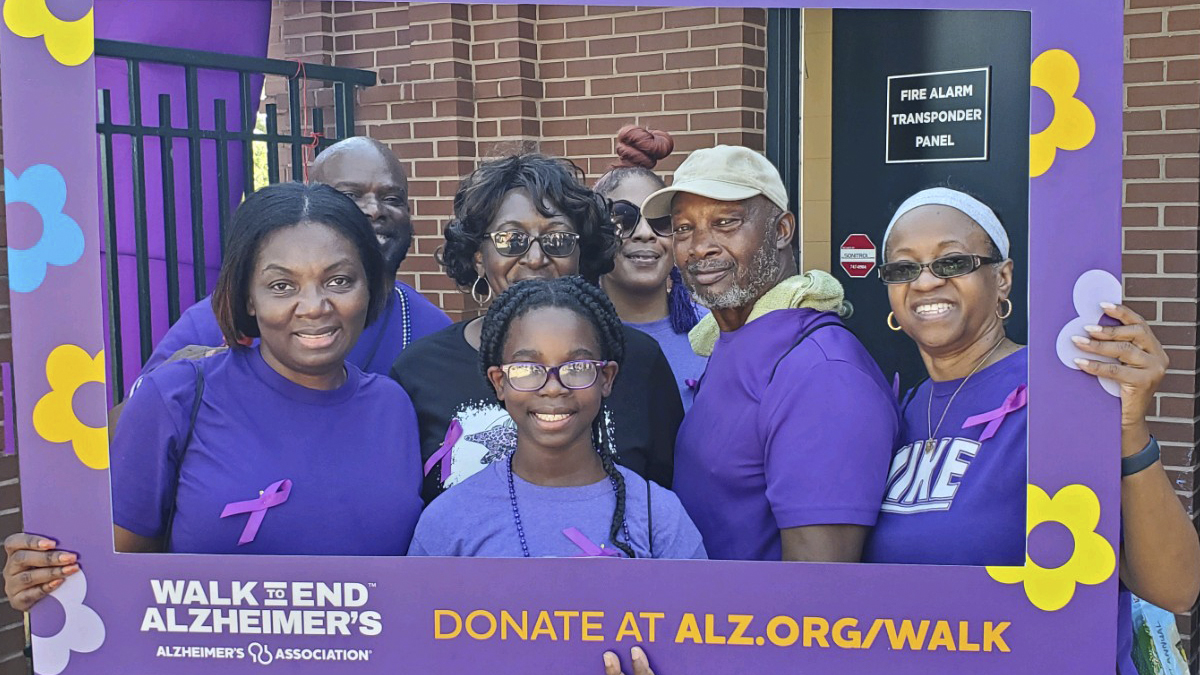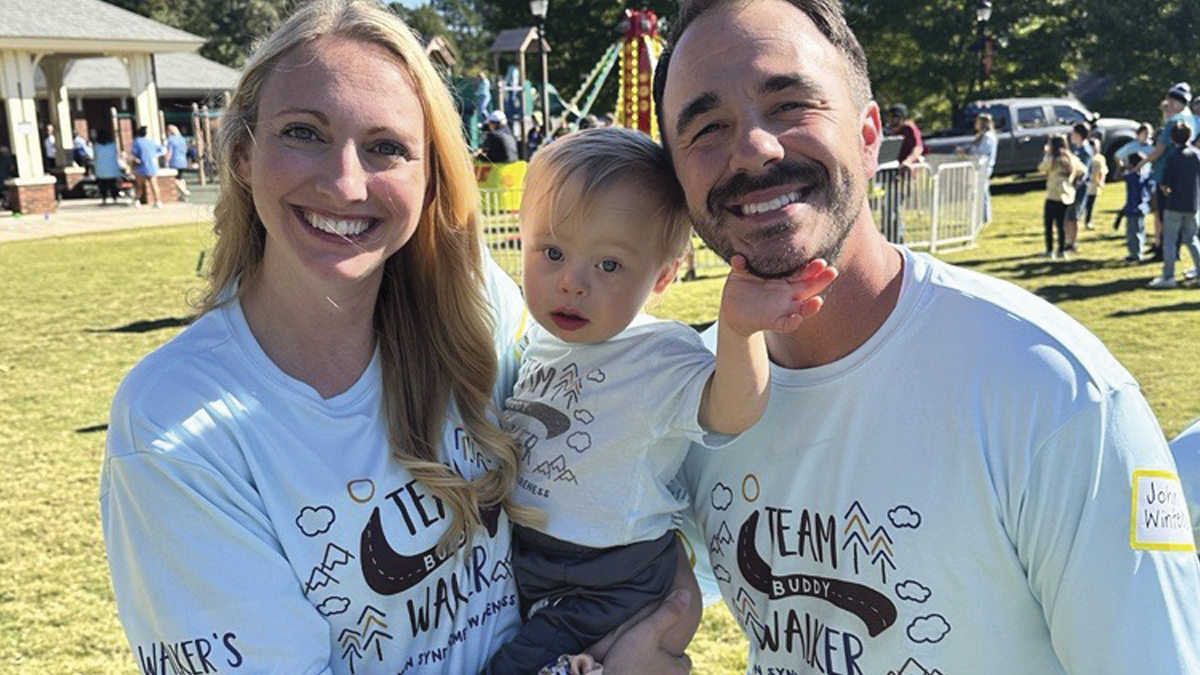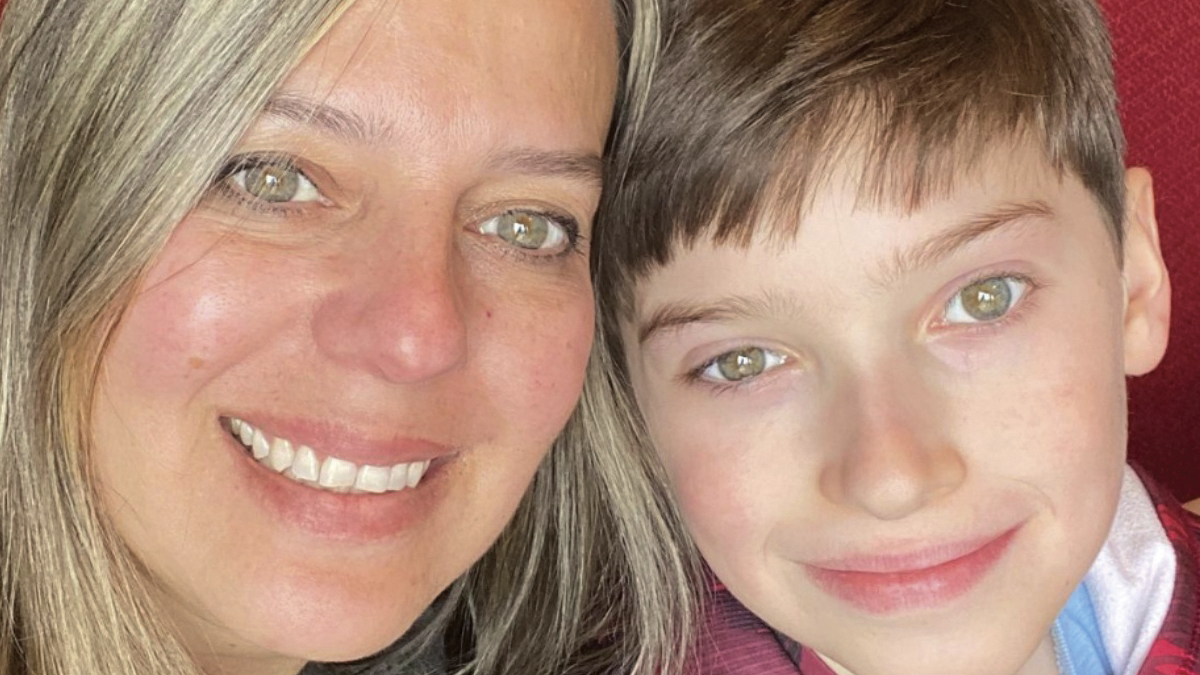Every now and then, an individual must visit a doctor and sometimes a specialist in order to understand what is going on with her mind or body. But listening to a physician speak can be like learning something in a classroom; as soon as we get it, things change. New medications, new procedures and new research emerge, and the rest of us do our best to keep up. Thus, doctor visits can be daunting – but they don’t have to be.
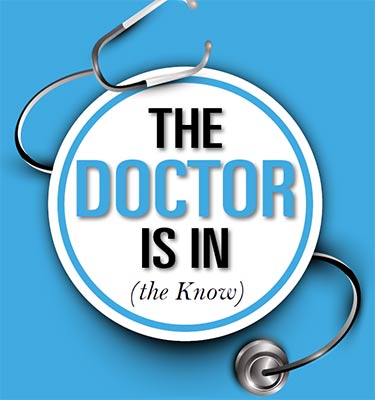
In this issue of Healthlinks, we explore some of the latest trends and technologies in the fields of podiatry, sports medicine and chiropractic. We spoke to three knowledgeable physicians and got the scoop – you’re welcome.
Dr. Rahn Ravenell of Coastal Podiatry, for example, pointed out that while foot ailments have been around for centuries, there are new treatments that use ultrasonic energy. Amazingly, this technology was borrowed from the field of ophthalmology.
Meanwhile, regarding the increasingly sophisticated field of sports medicine, Dr. Andrew McMarlin of Winning Health explained how concussion management is changing. For some patients, low intensity exercise can be beneficial.
And Dr. Matt Murrin of ChiropracticUSA discusses the rise in Neuropathy diagnoses and how many patients can be treated with amazing results through chiropractic. He encourages a focus on “wellness” so one can avoid “illness.”
Want to learn more? Read on.
PODIATRY
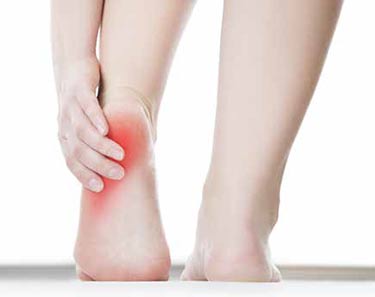 Caring for the feet is a practice that has been traced to ancient Egypt – around 2900 B.C. – and then to Hippocrates, who recognized the need to remove hardened skin such as corns and calluses. Hippocrates invented skin scrapers, which were essentially the original scalpels.
Caring for the feet is a practice that has been traced to ancient Egypt – around 2900 B.C. – and then to Hippocrates, who recognized the need to remove hardened skin such as corns and calluses. Hippocrates invented skin scrapers, which were essentially the original scalpels.
It’s also known that President Abraham Lincoln had a personal podiatrist, whom he sent to confer with the Confederates during the Civil War. A bit later, the first society of chiropodists, now also known as podiatrists, was established in New York in 1895.
Today, podiatry is the branch of medicine devoted to the study, diagnosis and medical or surgical treatment of disorders of the foot, ankle and lower extremities.
“The most common treated foot ailment is heel pain caused by plantar fasciitis,” explained Dr. Rahn Ravenell of Coastal Podiatry. “The initial treatment still includes oral and/or topical anti-inflammatories, a focused stretching regime, ice massages, shoe gear modification and the use of custom-made orthotics.”
However, those who suffer from chronic heel pain may receive advanced therapy, a changing field.
“I have recently begun using new technology that employs ultrasonic energy to remove chronically diseased ligaments through a very small incision that does not require suture to close,” Dr. Ravenell explained.
This technology was borrowed from ophthalmology, a field that has been using similar approaches for the removal of cataracts.
“I am able to locate diseased ligament or tendon and remove it under ultrasound guidance. This approach has allowed me to get patients back to activity sooner, with less pain,” said Dr. Ravenell.
Further advancements in podiatry include promising research regarding the use of amniotic stem cells in the treatment of chronic tendon and ligament disease.
“We are seeing faster healing rates after injury and surgical repair of tendons using products impregnated with amniotic stem cells. These products have also been very useful with healing diabetic foot ulcers,” Dr. Ravenell commented.
SPORTS MEDICINE
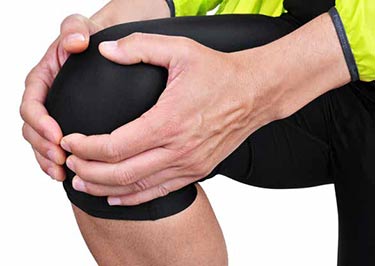 The number of people who strive to be active in efforts to improve their health has led to a rise in sports-related injuries and, in turn, to the growing and increasingly sophisticated field of sports medicine. Most top sports teams have always employed team physicians, but it has only been since the late 20th century that sports medicine has emerged as a distinct field of health care.
The number of people who strive to be active in efforts to improve their health has led to a rise in sports-related injuries and, in turn, to the growing and increasingly sophisticated field of sports medicine. Most top sports teams have always employed team physicians, but it has only been since the late 20th century that sports medicine has emerged as a distinct field of health care.
Sports medicine physicians are experts in healing and preventing common sports injuries, including concussions, muscle cramps, arthritis, sprains, tears and breaks of most major body parts or joints. They can also diagnose less common injuries that could end an athlete’s career or keep an older person from being physically active.
Sports medicine doctors stay up-to-date with the latest advances in the rapidly changing fields of medicine. For example, in the past, concussions were treated with dark rooms and inactivity. Today, according to Dr. Andrew McMarlin of Winning Health Sports Medicine, concussion management is changing.
“There are a lot of things you can do now instead of just stop playing. Once the post-concussion headache is over, low intensity activity, such walking or riding an exercise bike, is good for recovery.”
For individuals who suffer from lasting concussion headaches, cognitive slowness, sleep difficulty or mood disorders, there are a number of different types of therapies that may help them recover faster. For chronic headaches or dizziness while trying to focus the eyes, ocular therapy is a new option. A sports medicine physician may also refer a patient to a trained visual therapist.
For trouble with balance, vestibular therapy with trained and certified physical therapists might be helpful. For cognitive, mood or sleep disorders, there are several different classes of medications known for improving these symptoms, in both the short and long term.
“Early detection of concussions can make a difference in quality of life,” said Dr. McMarlin. “One easily doable action that has often been found to help patients is taking omega-3 supplements. These may help stabilize the neural membranes of the brain and help you recover faster. I believe there is definitely a role for quite a few of these different therapies, when correctly used in the appropriate individual. You should always consult your doctor before taking any kind of medication.”
The science of joint injections has seen great advances in recent years. In the past – as well as in some current orthopedic offices – joint injections have been performed without any imaging guidance, referred to as blind injections. A recent large orthopedic study concluded that 60 percent of blind injections miss the joint, and, therefore, do not give patients much benefit.
“Today, I utilize musculoskeletal ultrasound for optimal placement and effectiveness of steroid, cartilage gel and PRP injections,” explained Dr. McMarlin. “It gives me an almost 100-percent success rate in reaching the inside of the joint. It not only ensures that the injection is administered where it is supposed to be but also dramatically reduces the discomfort of the procedure.”
CHIROPRACTIC
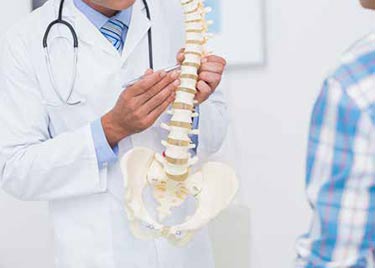 The origins of chiropractic can be traced to Davenport, Iowa. In 1895, Dr. D.D. Palmer performed the first chiropractic adjustment on a deaf janitor named Harvey Lillard. Immediately following his adjustment, Lillard could hear the wagon wheels tracing over the cobblestone streets outside. This would be the inspiration for Palmer opening a chiropractic school just two years later.
The origins of chiropractic can be traced to Davenport, Iowa. In 1895, Dr. D.D. Palmer performed the first chiropractic adjustment on a deaf janitor named Harvey Lillard. Immediately following his adjustment, Lillard could hear the wagon wheels tracing over the cobblestone streets outside. This would be the inspiration for Palmer opening a chiropractic school just two years later.
Chiropractic is founded on the principle that the nervous system controls all facets of the body, from skin to muscle flexion and extension and even autonomic functions such as digestion. If a nerve is affected by pressure or other forms of interference, the body will not function as designed and will begin to break down or become susceptible to disease.
“For a long time now, people tended to believe that chiropractic treatments can help only with headaches and back pain, but there is so much more to it,” explained Dr. Matt Murrin with ChiropracticUSA.
There has been a recent rise in neuropathy, and, according to Dr. Murrin, many of these patients can be treated and see amazing results.
“It’s usually quite easy to fix, simply by taking pressure off of the pinched nerve. Even with diabetic neuropathy, chiropractic care yields great success. It just may take a bit more time.”
The fundamentals of the chiropractic field – that the nerves control everything in the body – have stayed the same, but people’s perception and acceptance is gradually expanding.
“We can attribute this to the fact that, simply put, chiropractic works,” commented Dr. Murrin. “We need to continue to educate people about wellness and the chiropractic approach for treating the root of the problem, instead of masking the issue with drugs.”
“I encourage anyone with numbness or tingling sensations to get checked. Also, we would love to help more soon-to-be mothers experience a more tolerable pregnancy, including checking the infant afterward. The birthing process causes stress on a still-developing spine,” Dr. Murrin continued.
“The resulting irritation to the nervous system can be the cause of many infant health complaints. I believe in treating the cause from the least invasive treatment, progressing toward the most invasive. Therefore, hands (chiropractic care) is paramount. If we begin to focus on wellness, we can start to avoid illness. Medicine and surgery should be a last resort.”

